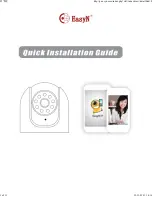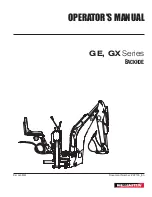
30
11. Troubleshooting
Problem
Possible reason
Solution
The capacity of
the Li-ion battery
has decreased
The cells within the batteries are not
properly balanced or the Li-ion battery
is worn out.
Perform one full charge cycle to
balance the cells (see chapter 5 for
balancing).
The Li-ion
battery cannot
be charged /
discharged
The fuse of the Li-ion battery is not
installed
Install the fuse; follow the procedures
described in paragraph 4.3.2.
The fuse in the Li-ion battery is
broken.
Disconnect all loads and chargers,
check and correct for short circuits
and defects. Then replace the fuse;
follow the procedures described in
paragraph 4.3.2.
The Li-ion battery has been deeply
discharged. The BMS is now in “fault
condition”.
Disconnect all loads and connect a
charger to the Li-ion battery. Then
press the reset button for at least
10-15 seconds to resolve the “fault
condition”(see paragraph 3.5)..
The Li-ion battery has been
overcharged. The BMS is now in
“fault condition”.
Disconnect the charger from the Li-
ion battery and press the reset button
for at least 10-15 seconds to resolve
the “fault condition” (see paragraph
2.7)..
The Li-ion battery has overheated.
The BMS is now in “fault condition”.
Disconnect the charger and all loads
and wait for the Li-ion battery to cool
down. Then press the reset button for
at least 10-15 seconds to resolve the
“fault condition” (see paragraph 3.5)..
Table 13. Troubleshooting





































